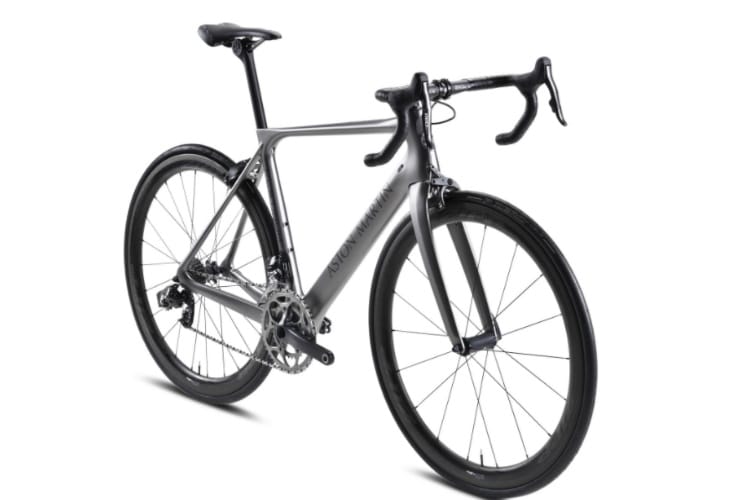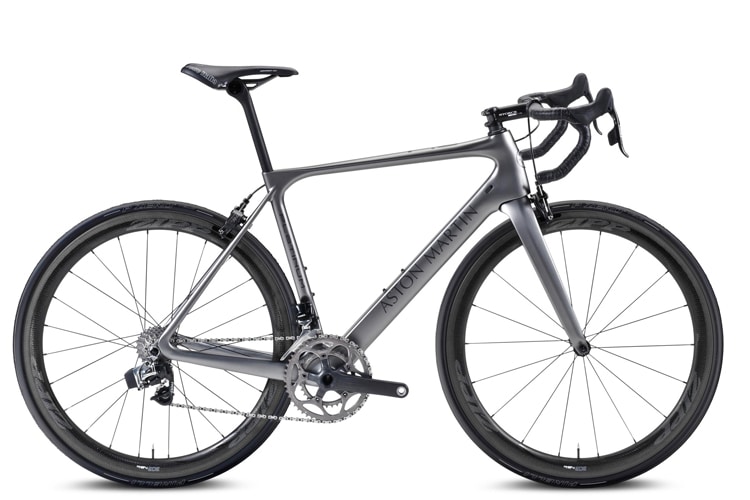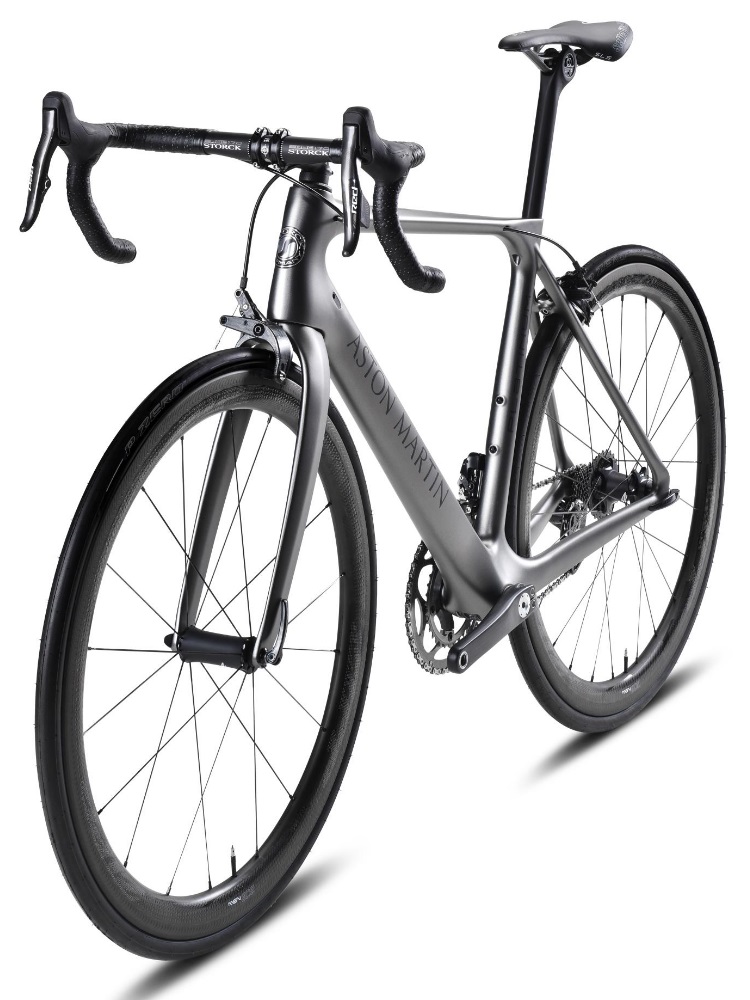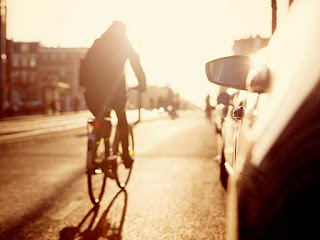I saw snow for the first time....
...this morning. This season.
Yes, flurries floated down to my helmet and the roadway as I pedaled to work today. A few flakes fluttered through the air as I arrived on campus and locked my bike to the rack.
By the time I'd finished my first class, the snow had stopped and none of it accumulated. Still, I have to wonder if it's a harbinger for the season: I don't recall seeing snow this early last year. Then again, I've seen earlier snow in other years and perhaps any sign of winter is a surprise, given how warm it was during October and the first few days of this month.
So, does seeing snow for the first time--this day, this season--mean much of anything? Probably not, at least for me or anyone else who lives in this part of the world. But for the guys in the photos, it's another story.
You see, they are the Rwandan National Cycling Team. They were at a camp in Utah, training for the Tour de Gila (their first US race) in 2007 when they encountered the white stuff on the side of the road.
They were so in awe of it that they were stuffing it into their jersey pockets, not realizing that it would melt. Some of them also put it on their heads and got a case of brain freeze.
I sort of envy them, for their cycling abilities and for their sense of wonder at seeing snow for the first time. I wonder what could stop me in a similar way during my commute!
...this morning. This season.
Yes, flurries floated down to my helmet and the roadway as I pedaled to work today. A few flakes fluttered through the air as I arrived on campus and locked my bike to the rack.
By the time I'd finished my first class, the snow had stopped and none of it accumulated. Still, I have to wonder if it's a harbinger for the season: I don't recall seeing snow this early last year. Then again, I've seen earlier snow in other years and perhaps any sign of winter is a surprise, given how warm it was during October and the first few days of this month.
So, does seeing snow for the first time--this day, this season--mean much of anything? Probably not, at least for me or anyone else who lives in this part of the world. But for the guys in the photos, it's another story.
You see, they are the Rwandan National Cycling Team. They were at a camp in Utah, training for the Tour de Gila (their first US race) in 2007 when they encountered the white stuff on the side of the road.
They were so in awe of it that they were stuffing it into their jersey pockets, not realizing that it would melt. Some of them also put it on their heads and got a case of brain freeze.
I sort of envy them, for their cycling abilities and for their sense of wonder at seeing snow for the first time. I wonder what could stop me in a similar way during my commute!





















